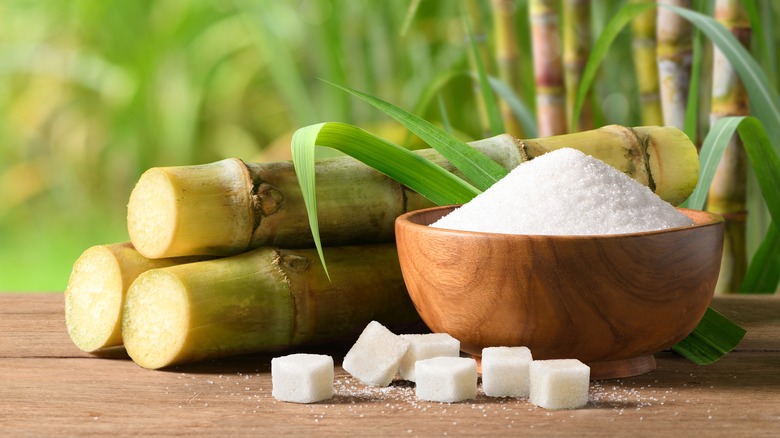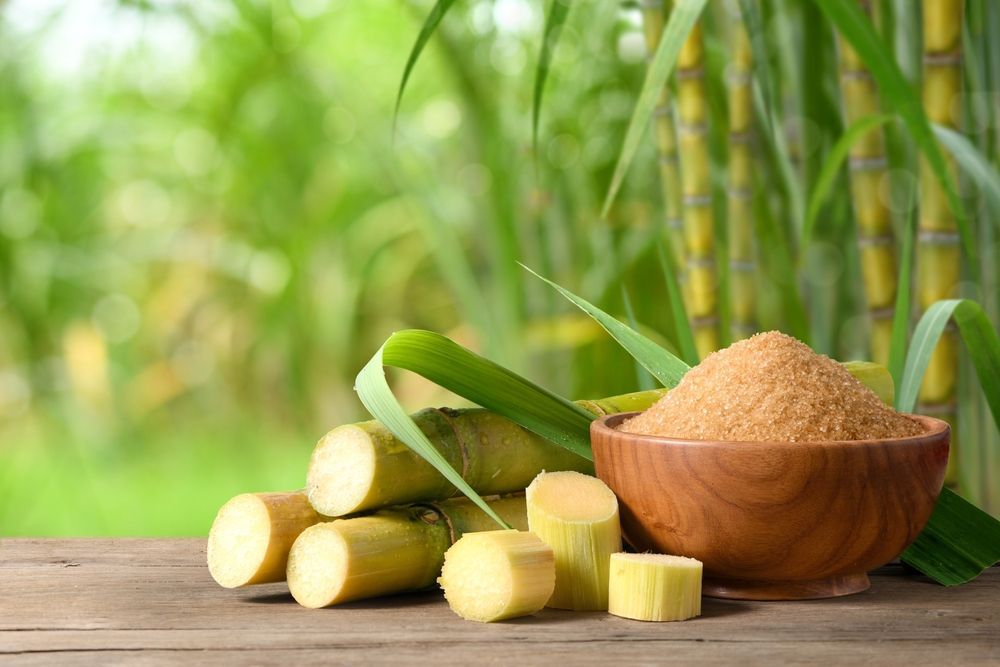Producers consider beet sugar vs cane sugar when choosing sweeteners for different recipes.
Checking Out the Distinctions being used and Benefits In Between Beet Sugar Vs Cane Sugar
In the culinary world, the selection between beet sugar and cane sugar is not merely about sweet taste however includes a nuanced consideration of taste, application, and effect. While both sugars originate from various plants, each undergoes one-of-a-kind manufacturing processes that discreetly influence their characteristics and viability for various recipes. As chefs and customers progressively focus on both the environmental and flavor profiles of their components, recognizing these differences ends up being important. This expedition offers understanding into how each sugar kind can best enhance culinary productions.
Origins and Production Procedures of Beet and Cane Sugar

Walking stick sugar, on the various other hand, comes from the sugarcane plant, a tropical turf indigenous to Southeast Asia but currently cultivated in exotic areas worldwide - beet sugar vs cane sugar. The manufacturing of cane sugar begins with the harvesting of cane stalks, which are crushed to release the juice.

Nutritional Material and Health Considerations

When contrasting the dietary material of beet sugar and cane sugar, it comes to be apparent that both kinds essentially supply the very same caloric worths, with about 16 calories per teaspoon and no considerable nutrient diversity. Both sugars, when eaten in excess, can add to elevated blood glucose degrees, a threat element for diabetes mellitus and other metabolic conditions. From a wellness viewpoint, moderating intake of any type of kind of sugar, whether from beet or cane, is advisable to avoid these prospective adverse effects on wellness.
Taste Accounts and Culinary Applications
Despite their similar chemical structures, beet sugar and cane sugar differ discreetly in taste, which can affect their usage in numerous culinary contexts. Walking stick sugar frequently lugs a tip of molasses, also in its refined form, providing a warm, caramel-like touch that boosts baked goods, coffee, and chocolate-based dishes. This small molasses taste is especially valued in the baking market for adding depth to sugary foods and breads. On the other hand, beet sugar is defined by its extremely improved, neutral preference, making it a functional sugar that does not change the flavor profiles of dishes. This neutrality is particularly helpful in fragile dishes, such as light pastries, creams, and some sauces, where Visit Website the intrinsic flavors of other ingredients are planned to attract attention. Subsequently, cooks and food makers may select one sort of sugar over the various other based on the desired flavor outcome of their cooking productions.
Ecological Influence and Sustainability
While both beet and cane sugars are stemmed from plants, their environmental influences differ dramatically as a result of the unique approaches of cultivation and handling needed for every. Sugar beet farming commonly involves considerable mechanization, which can raise fossil fuel usage and carbon exhausts. However, beetroots can be expanded in cooler climates and need much less watering, potentially minimizing water usage compared to sugarcane. Sugarcane, on the other hand, is usually expanded in tropical regions where it counts greatly on watering and a much longer growing period, enhancing its water footprint.
Additionally, the handling of sugarcane commonly generates a substantial quantity of waste, including bagasse, which, although useful as biofuel, regularly adds to air contamination if shed inefficiently. Sugar beet my explanation processing uses more of the raw materials, resulting in much less waste. Both sectors deal with difficulties in reducing their ecological impacts, however continuous developments in agricultural techniques and waste monitoring are aiming to improve sustainability.
Economic Variables Affecting the Sugar Sector
The economic characteristics of the sugar sector are dramatically influenced by international market demands and profession policies. Aspects such as tolls, subsidies, and global trade arrangements play important duties in shaping the affordable landscape. In areas where sugarcane or sugar beet production is subsidized, producers might have a monetary benefit that allows them to offer lower costs on the international market. This can create variations in profitability and market access for producers in nations without such subsidies.
Additionally, changes in worldwide need for sugar, influenced by dietary trends and industrial use in foodstuff, directly impact prices and production levels. beet sugar vs cane sugar. Weather problems also play a pivotal role, as they can considerably impact crop yields and, consequently, the supply chain. This irregularity presents a degree of financial unpredictability that can lead to investment volatility in sugar manufacturing fields, affecting choices from planting to market redirected here technique
Conclusion
In final thought, both beet and cane sugar have distinct top qualities that fit different cooking needs. While cane sugar conveys a rich taste ideal for boosting baked products, beet sugar's nonpartisanship is ideal for lighter recipes.